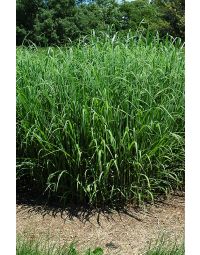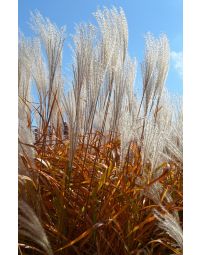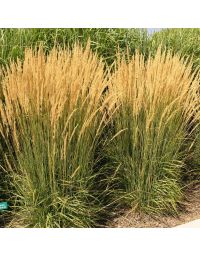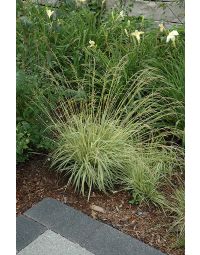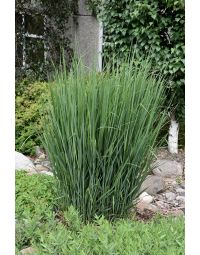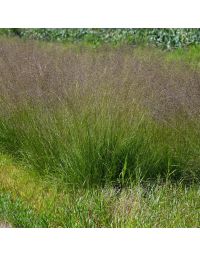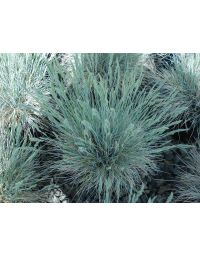There are a number of wonderful ornamental grasses for Minnesota and Gertens carries them! Below you’ll find a number of reliable selections and care instructions.
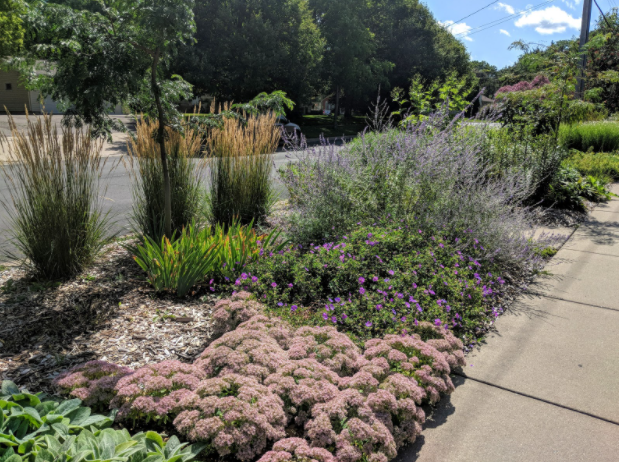
‘Karl Foerster’ feather reed grass is an excellent example of a vertical ornamental grass
The benefits:
- They thrive in hot, dry and sunny conditions.
- Adapt well to any area with at least six hours of direct sunlight.
- From small (10 inches) to tall (6 to 8 feet) there are a number of choices to fill any space.
- Grasses provide a unique color palette of blues, greens and variegations in the summer and purples and oranges in the fall.
- They add texture and grace to the landscape in a summer breeze or in winter’s snowfall. .
- Attractive seed heads in spring, summer and fall
- Good fall color
- Wildlife habitat
- Vigorous growth and hardiness
- Pest and disease resistant
Popular Varieties
Here are some very reliable grasses for Minnesota:
Miscanthus sinensis 'Purpurascens’
Miscanthus sinensis 'Purpurascens’ (Flame Grass): This is 4-5 feet tall by 3-4 feet wide, clump forming with beautiful orange fall color. Used as specimens or mass plantings.
Miscanthus sinensis ‘Silberfeder’
Miscanthus sinensis ‘Silberfeder’ (Silver Feather Grass): This is 6-8 feet tall and wide, clump forming with a very showy, silvery plume. Used as mass planting, for screens or as a specimen.
Calamagrostis acutifolia ‘Karl Foerster’
Calamagrostis acutifolia ‘Karl Foerster’ (Feather Reed Grass): This is 4-5 feet tall by 18-24 inches wide, narrow upright clump, wheat-like seed head, tolerates moisture and heavy soils.

‘Karl Foerster’ after a rain
Molina caerulea ‘Variegata’
Molina caerulea ‘Variegata’ (Variegated Moor Grass): This is 12-18 inches tall and forms thick tufts of variegated foliage. Tolerates heavy, moist soil. Beautiful yellow fall color.
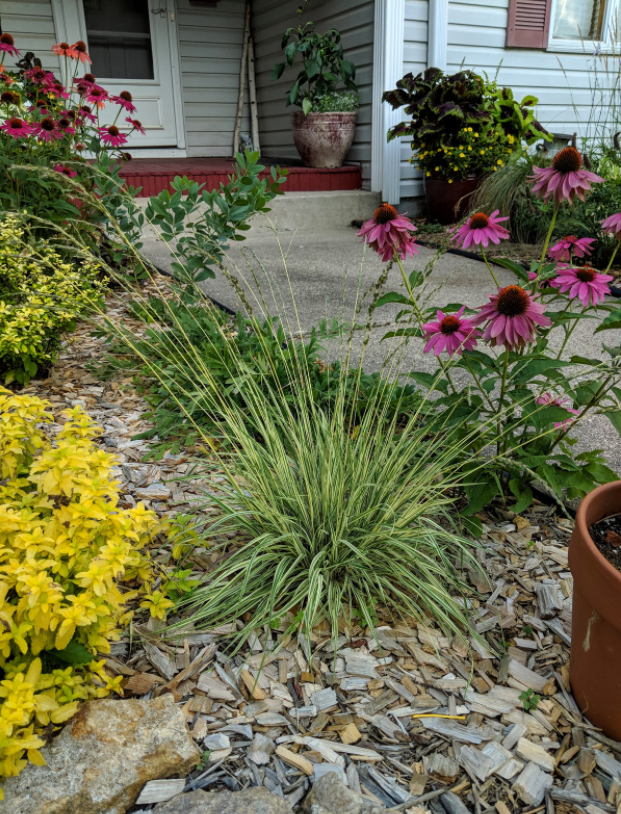
Molina caerulea ‘Variegata’
Panicum virgatum ‘Prairie Fire’
Panicum virgatum ‘Prairie Fire’ (Switch Grass): This gets 5 feet tall. Bluer then other Panicum varieties. Breaks dormancy earlier. Commonly used as an accent plant.
Panicum virgatum ‘Heavy Metal’
Panicum virgatum ‘Heavy Metal’ (Switch Grass): This gets 3 feet tall by 30 inches wide. A stiffly erect, metallic, blue-gray color turning yellow in fall. Loose, weeping, purple-green plumes. Great accent plant.
Panicum virgatum ‘North Wind’
Panicum virgatum ‘North Wind’ (Switch Grass): This gets 6 feet tall. Very tough and vigorous to Zone 3. Steel-blue, upright, thick, wide foliage. Screen or specimen.
Sporobolis heterolepis ‘Prairie Dropseed’
Sporobolis heterolepis ‘Prairie Dropseed’: This gets 2-3 feet tall. Forms arching mound of hair-like foliage. Great fall color.
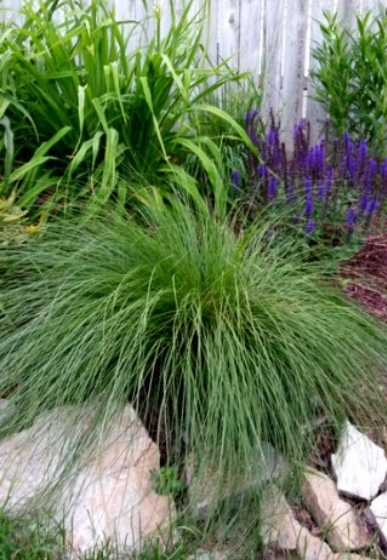
‘Prairie Dropseed’
Festuca glauca ‘Boulder Blue’
Festuca glauca ‘Boulder Blue’ (Fescue): This gets 10 inches tall by 12 inches wide. Forms a dense, stiff mound of blue-green. Great as a border plant. Can be used in containers as well.
Hakonechloa macra ‘Aureola’
Hakonechloa macra ‘Aureola’ (Japanese Golden Forest Grass): This grass requires shade. A 24 inch, variegated, gold and green, foliage that brightens up any shade garden.
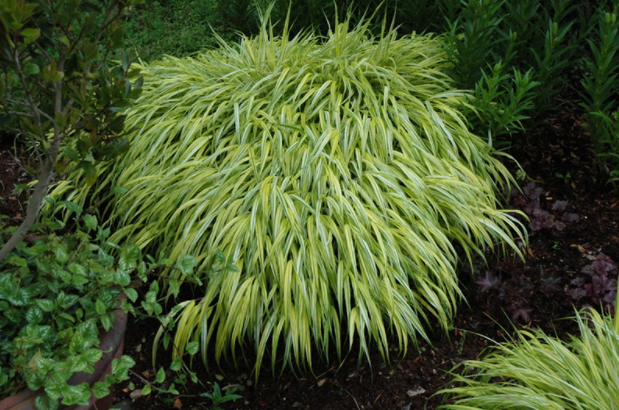
Hakonechloa macra ‘Aureola’
Additional tips:
- Grasses can be planted anytime during the growing season, May through September, adding varied textures, interesting foliage, attractive seed heads and nice fall color.
- Do not cut back the grasses in the fall, as they provide wonderful winter interest.
- In spring cut them back to a few inches from the ground. Like all perennials, they will completely regenerate.
- It takes about 3 years for each variety to reach their full, mature width.
- Once established, they require very little maintenance.
- If you notice the centers dying back or not filling in with new growth, this indicates that they need to be split.
The experts at Gertens are always available to answer your questions!


